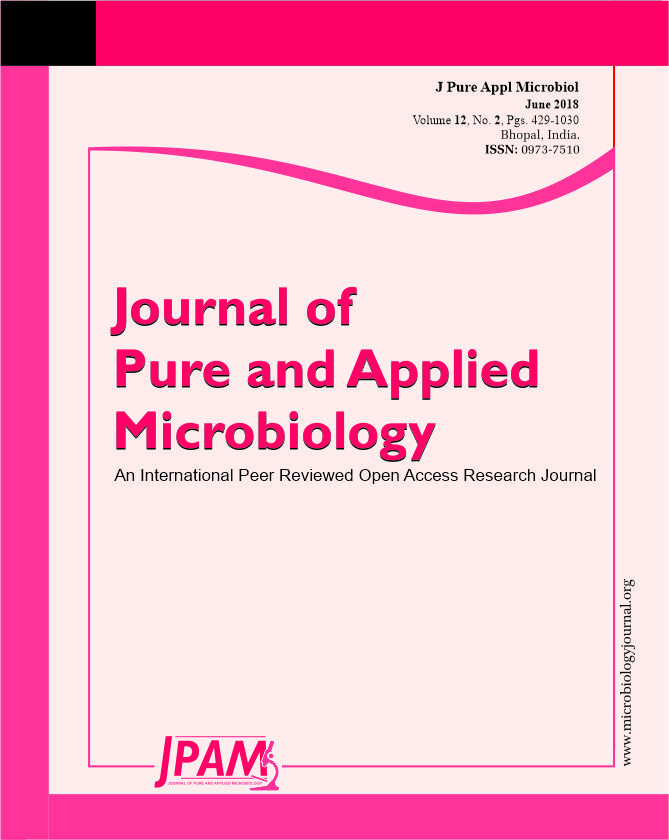The lactic acid bacteria (LAB) involved in production of L’ben, an Algerian traditional fermented cow milk product, were isolated and identified. 10 samples of this product, collected from different regions of western Algeria, were analyzed. A total of 30 LAB strains were isolated and identified by phenotypic and biochemical analyses and API 20 Strep identification system. The results obtained showed that the isolates belong to the species: Enterococcus faecium (36,6%), Enterococcus faecalis (30%), Enterococcus avium (13,3%), Leuconostoc mesenteroides (13,3%), Lactococcus lactis ssp cremoris (3,3%) and Lactococcus lactis ssp lactis (3,3%). Thereafter, growth kinetic and technological properties of these bacteria including: the acidification ability and the proteolytic activity were studied in a purpose of a possible industrial use. The obtained results were very heterogeneous; this led us to use the Principal Components Analysis “PCA” for strains grouping and comparison of their properties facilitated by graphics presenting all properties of each strain simultaneously to elect among all strains those with the most interesting technological profiles. Only four strains form a distinct group in the positive sense of the vectors of the variables formed and could become leavens for fermenting different kinds of milks, especially that of cow, which represents the ecosystem from which they originate.
Acidification, Identification, Lactic acid bacteria, Proteolysis, PCA
© The Author(s) 2018. Open Access. This article is distributed under the terms of the Creative Commons Attribution 4.0 International License which permits unrestricted use, sharing, distribution, and reproduction in any medium, provided you give appropriate credit to the original author(s) and the source, provide a link to the Creative Commons license, and indicate if changes were made.


